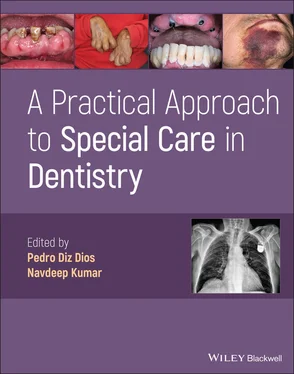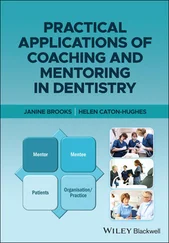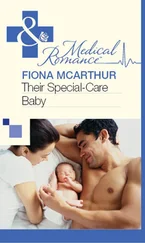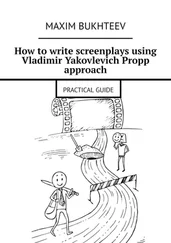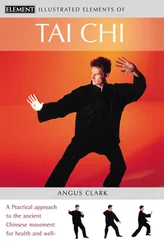A Practical Approach to Special Care in Dentistry
Здесь есть возможность читать онлайн «A Practical Approach to Special Care in Dentistry» — ознакомительный отрывок электронной книги совершенно бесплатно, а после прочтения отрывка купить полную версию. В некоторых случаях можно слушать аудио, скачать через торрент в формате fb2 и присутствует краткое содержание. Жанр: unrecognised, на английском языке. Описание произведения, (предисловие) а так же отзывы посетителей доступны на портале библиотеки ЛибКат.
- Название:A Practical Approach to Special Care in Dentistry
- Автор:
- Жанр:
- Год:неизвестен
- ISBN:нет данных
- Рейтинг книги:3 / 5. Голосов: 1
-
Избранное:Добавить в избранное
- Отзывы:
-
Ваша оценка:
- 60
- 1
- 2
- 3
- 4
- 5
A Practical Approach to Special Care in Dentistry: краткое содержание, описание и аннотация
Предлагаем к чтению аннотацию, описание, краткое содержание или предисловие (зависит от того, что написал сам автор книги «A Practical Approach to Special Care in Dentistry»). Если вы не нашли необходимую информацию о книге — напишите в комментариях, мы постараемся отыскать её.
Learn to treat dental patients with disabilities or who are medically compromised A Practical Approach to Special Care in Dentistry
A Practical Approach to Special Care in Dentistry
A Practical Approach to Special Care in Dentistry — читать онлайн ознакомительный отрывок
Ниже представлен текст книги, разбитый по страницам. Система сохранения места последней прочитанной страницы, позволяет с удобством читать онлайн бесплатно книгу «A Practical Approach to Special Care in Dentistry», без необходимости каждый раз заново искать на чём Вы остановились. Поставьте закладку, и сможете в любой момент перейти на страницу, на которой закончили чтение.
Интервал:
Закладка:
Mother is a nurse and is highly motivated to support and protect her daughter
Attends a mainstream school; assisted by a support teacher
Oral Examination
Excellent co‐operation during the oral examination
Mixed Angle class III malocclusion (hypoplasia of the superior maxilla and mandibular prognathism)
Thickened upper labial frenulum ( Figure 3.1.1)
Upper midline, interincisal diastema
Excellent oral hygiene
Incipient/early caries in #36 and #46 (require restoration)
Deep caries in #85
Radiological Examination
Cone beam computed tomography confirms a fusion defect in the superior maxilla, associated with the presence of a cleft palate that had previously been undetected ( Figure 3.1.2)
Structured Learning
1 Although the patient's blindness is likely to be a sequela of the surgery, what other causes should be excluded in liaison with the patient's physician?Following detection of the cleft palate, it is important to consider the presence of an underlying hereditary syndromeUnderlying syndromes are identified in ~20% of cases of cleft lip and ~40% of cases of isolated cleft palateFurthermore, an associated syndrome, such as polymalformative syndrome, may be responsible for some of the patient's other conditions, including visual impairment Figure 3.1.1 Thickened upper labial frenulum. Figure 3.1.2 Cone beam computed tomography showing a considerable isolated cleft palate.
2 The patient's mother insists that her daughter's midline diastema should be corrected. What should you determine when deciding whether to proceed?Is the patient aware of the diastema (in view of her visual impairment) or is it more of a concern to her mother who is very involved in her care?What are the patient's wishes – although she is 9 years old, any elective/cosmetic treatment should be discussed with her to determine her viewThe patient's age: she is still in the mixed dentition stageThe size of the diastema and if it is increasing in sizeTreatment options in relation to the patient's compliance (frenectomy, orthodontics, restorative treatment)
3 What dental considerations are there for this patient in relation to her underlying diabetes insipidus?Diabetes insipidus and diabetes mellitus are different entities; although both can present with constant thirst and polyuria, central diabetes insipidus is an antidiuretic hormone deficiency caused by damage to the hypothalamus or, as in this case, the pituitary glandSome patients can present with dental fluorosis (due to excessive intake of fluoride in drinking water) and/or dry mouth (due to excessive fluid loss)These patients are susceptible to episodes of orthostatic hypotension
4 What factors are considered important in assessing the risk of managing this patient?SocialImpaired communication due to loss of vision; may be further impaired due to the cleft palate (can lead to unclear speech, hearing problems due to middle ear infections)Potential for overprotection due to the mother's professional backgroundMedicalAcute complications resulting from panhypopituitarism and diabetes insipidus (e.g. hypoglycaemia, hypotension, agitation)The congenital heart disease has resolved and hence does not require further consideration in relation to planned dental treatmentDentalCleft palate may be associated with malalignment of the teeth and/or nasal regurgitationComplexity of orthodontic treatment and surgery necessary to address the cleft palate
5 You decide to undertake the dental fillings before attempting a frenectomy. After an injection of local anaesthetic, the patient begins to cry and becomes anxious. What would be your approach?The pain threshold for children with blindness can be significantly lower than that of children without blindnessStop and undertake acclimatisation appointments, allowing the patient to feel and touch equipment (with sharp components/needle removed)Ensure you explain what you are going to do at each stage of treatment and acknowledge that this is necessary for all steps as the patient is blindConsider adjuncts to reduce the discomfort associated with local anaesthesia infiltrations (e.g. computer‐controlled local anaesthetic delivery)Consider the use of sedation
6 When attempting restoration of the #85, the dental caries is more extensive than previously thought. The tooth is not restorable and requires extraction. The patient is taking 20 mg of hydrocortisone a day. What corticosteroid supplementation regimen should be administered to prevent an adrenal crisis (see Chapter 12.1)?Hydrocortisone is a short‐acting glucocorticoidThe equivalent dose for 20 mg of hydrocortisone is 5 mg of prednisone or prednisolone (intermediate‐acting)Therefore, no supplementation regimen is needed
General Dental Considerations
Oral Findings
It has been suggested that children with severe visual deficits have more caries, more dental trauma and, in general, poorer oral health compared with children without visual deficits
However, in most controlled studies with a favourable socio‐economic setting and close supervision from parents/carers/dental teams, the oral health of patients with blindness or severe visual deficits is similar to that of the general population, except for a greater accumulation of dental plaque and a higher prevalence of gingivitis
In general, levels of dental plaque are determined by the degree of visual deficit and are lower in patients with acquired blindness than those with congenital blindness
Adults and elderly individuals with blindness sometimes have better oral hygiene practices than the general population and achieve similar oral hygiene indices but are incapable of detecting oral diseases early
Dental Management
Many patients with visual deficit have complained of shortcomings in the availability of accessible oral health services
The visual deficit can jeopardise oral hygiene and the success of certain procedures (e.g. the insertion/withdrawal of removable dental prostheses and the cleaning of interdental spaces in fixed prostheses)
A targeted approach is required to ensure appropriate adaptations are in place for dental management ( Table 3.1.1)
Orthodontic treatment can be performed for selected patients ( Figure 3.1.3)
Section II: Background Information and Guidelines
Definition
A patient is considered to have a visual deficit if they have considerable difficulty differentiating objects at a distance of 40 cm even when using the best correction possible. Blindness is defined as the complete absence of vision or slight light perception but not in the form of objects (visual acuity less than 3/60). It is estimated that 124 million individuals worldwide have a severe visual deficit (2% of the population) and that 37 million have blindness (0.6% of the population).
Table 3.1.1 Considerations for dental management.
| Risk assessment | Consider risks associated with a related underlying disease (e.g. polymalformative syndromes and diabetes)Unexpected contact, noise, vibration and light can startle the patient and cause unexpected movementsChildren with blindness may have a significantly lower pain threshold |
| Criteria for referral | Referral to a specialised clinic or hospital centre is rarely required and will be determined by the degree of patient co‐operation or the presence of significant comorbidities (e.g. poorly controlled diabetes) |
| Access/position | Avoid overprotectivenessAsk before offering assistance (do not attempt to touch the patient without permission)When guiding a patient with blindness, walk half a step in front of them to allow them to hold onto your arm if required (optionally, they can hold onto your shoulder or wrist), on the side opposite to the one holding the caneA patient who uses a guide dog should be asked whether they want to hold on to you or would prefer to follow you (the dog may enter the dental room)While walking to the dental office, information can be provided on the surroundingsUnder no circumstance should the patient's cane or clothing be held, nor should the patient be pushed from behind |
| Communication | Talk to the patient while looking them in the faceDirectly address the individual with visual deficit and not their companionUse the patient's name so that they are clear you are talking to themIntroduce yourself so that they know who is talking to themLet them know if there are other individuals present in the roomTalk in a normal tone, slowly and clearly; do not shout or raise your voiceBe precise in the messagesDo not use gestures as a substitute for spoken wordsConsent should be written in large font (ideally in Braille for those patients who have complete blindness) |
| Consent/capacity | Patients of legal age can generally sign the informed consent personallyIt is essential that this form be printed in sufficiently large type or even have a Braille versionIf the patient cannot read, a close family member/friend acting as a witness can read it for them (in some countries, the presence of this witness is mandatory) |
| Anaesthesia/sedation | Local anaesthesiaSome patients have poor pain tolerance (increased tactile sensitivity)SedationIn the event of glaucoma, benzodiazepines should not be employed to induce conscious sedationGeneral anaesthesiaFor patients with glaucoma who require general anaesthesia, avoid using atropine |
| Dental treatment | BeforeConsider the use of audio aids which the patient can access at home to remind them of the planned treatmentAllow the patient to touch the chair and equipmentExplain all the dental procedures that will be performedThe ‘tell–feel (physical contact)–do’ technique can be usefulBefore planning rehabilitation with a removable prosthesis, ensure that the patient is sufficiently able to recognise, insert and remove the prosthesisWhen planning for prostheses, consider that some patients with visual deficit do not tolerate muco‐supported prostheses wellFor selected patients, orthodontic treatments can be performed (including multibracket appliances) to improve function and aesthetics if this is a concernDuringWarn the patient if you need to leave the dental office and when you will returnThroughout the procedure, warn the patient of each manoeuvre that will be performed, explaining in advance anticipated contact, noise, vibration and lightExercise particular caution with rotary instrumentation and injectionsReinforce positive behavioursAfterThe success of fixed prostheses can be affected by poor oral hygieneReinforce positive behavioursPostoperative instructions should be written in large font (ideally in Braille for complete blindness) or provided in an audio format |
| Drug prescription | For patients with glaucoma, anticholinergic agents (such as atropine, scopolamine and glycopyrrolate, which are prescribed to control drooling), carbamazepine, diazepam, corticosteroids and tricyclic antidepressants are contraindicated |
| Education/prevention | Audio, tactile and supervised training techniques and instructions in Braille are useful for improving the oral hygiene of those with visual deficits (whose motivation is usually magnified)These modified approaches to educational programmes on oral health promotion have demonstrable efficacyElectric toothbrushes can be more effective than manual toothbrushes as long as the vibration is tolerated |
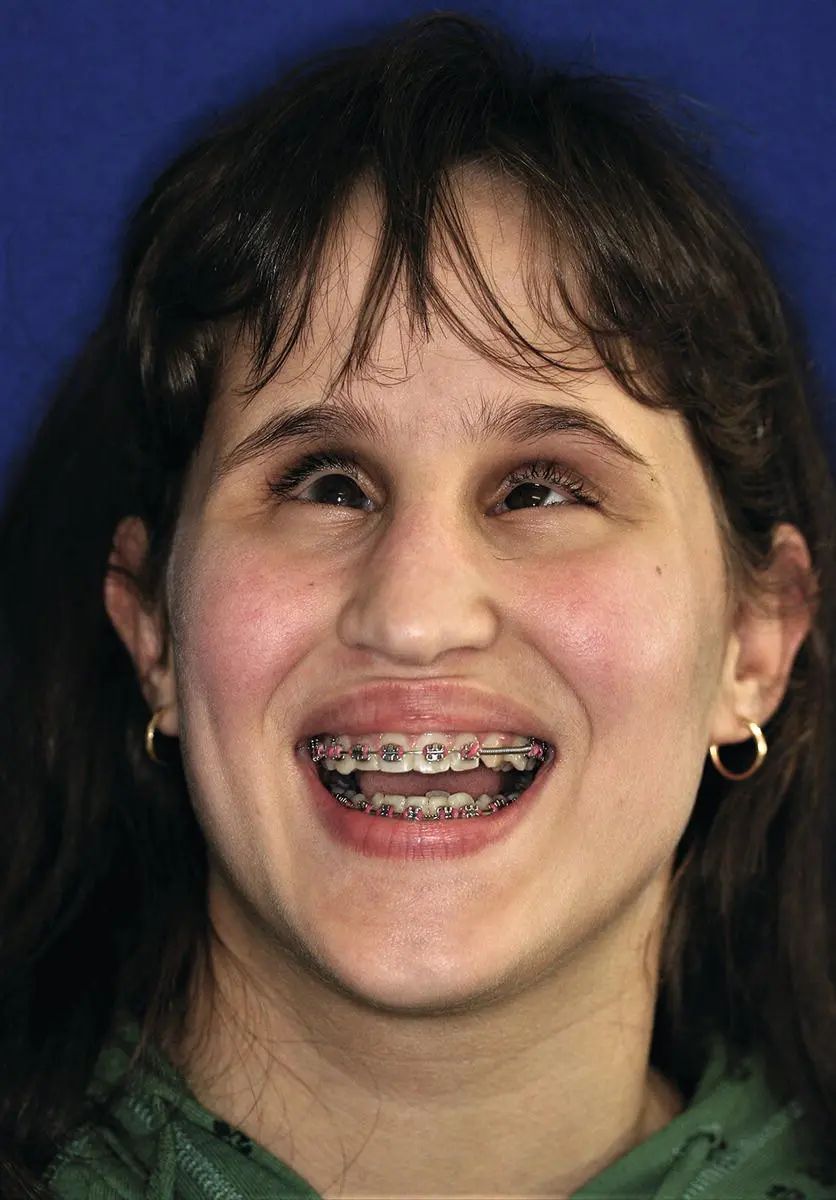
Figure 3.1.3 Orthodontic treatment for a patient with visual impairment.
Читать дальшеИнтервал:
Закладка:
Похожие книги на «A Practical Approach to Special Care in Dentistry»
Представляем Вашему вниманию похожие книги на «A Practical Approach to Special Care in Dentistry» списком для выбора. Мы отобрали схожую по названию и смыслу литературу в надежде предоставить читателям больше вариантов отыскать новые, интересные, ещё непрочитанные произведения.
Обсуждение, отзывы о книге «A Practical Approach to Special Care in Dentistry» и просто собственные мнения читателей. Оставьте ваши комментарии, напишите, что Вы думаете о произведении, его смысле или главных героях. Укажите что конкретно понравилось, а что нет, и почему Вы так считаете.
